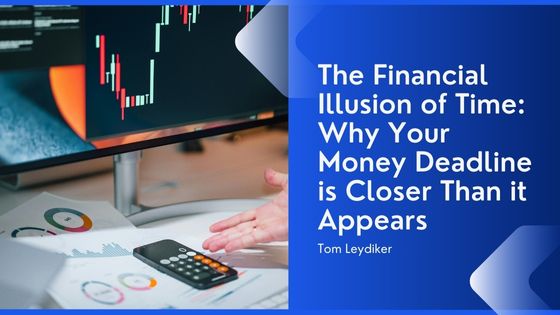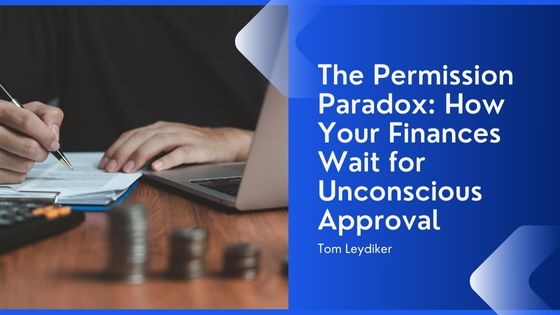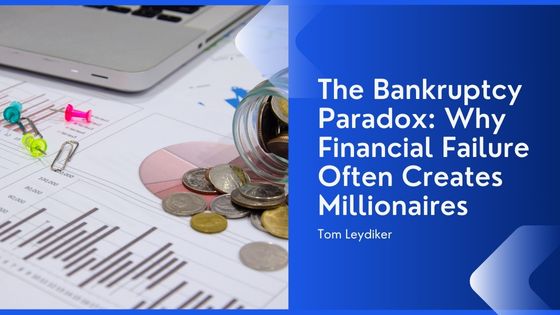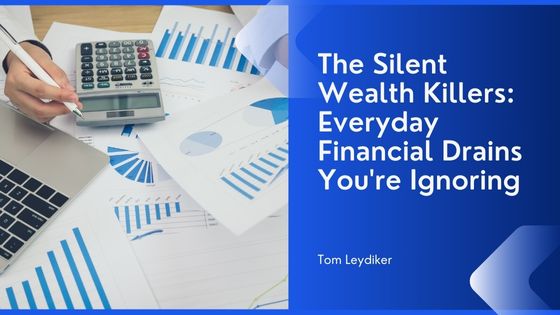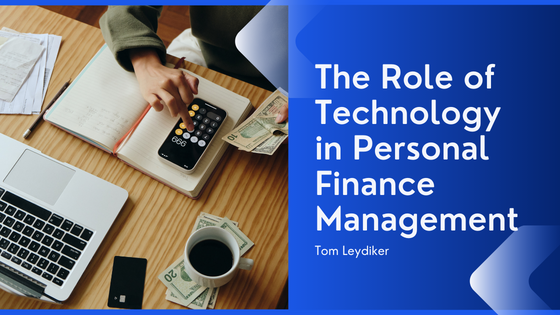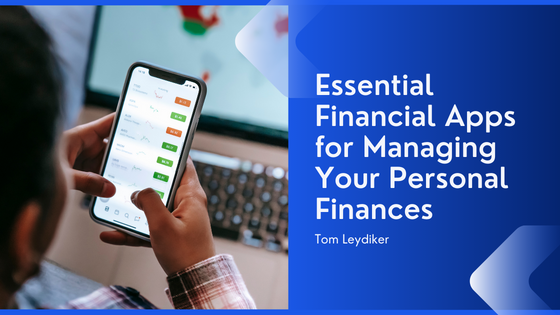At age 42, Michael made a sobering discovery while meeting with a financial advisor. Despite earning well above the national average for twenty years, his retirement savings would sustain his current lifestyle for approximately nine months. When asked about his retirement strategy, he confidently responded, “I have plenty of time to figure it out.”
This psychological phenomenon—what financial behaviorists call “temporal distortion”—affects nearly 70% of Americans regardless of income or education level. It manifests as a persistent belief that major financial deadlines remain comfortably distant despite mathematical evidence to the contrary. This cognitive illusion creates one of the most dangerous disconnects in personal finance: the gap between perceived time and actual financial runway.
The consequences are increasingly evident in national statistics. The median retirement savings for Americans approaching retirement (ages 55-64) stands at approximately $120,000—sufficient to generate roughly $400 monthly in sustainable income. This stark reality contrasts dramatically with retirement lifestyle expectations, creating a crisis born not from lack of opportunity but from distorted time perception.
What makes temporal distortion particularly dangerous is how it interacts with compound growth mathematics. The exponential nature of investment returns creates an extreme premium on early action—a reality our linear intuition struggles to grasp.
Consider this fundamental reality: An investor who contributes $300 monthly from ages 25 to 35 (investing $36,000 total) and then stops completely will typically outperform someone who invests $300 monthly from ages 35 to 65 (investing $108,000 total). The early investor’s decade of contributions often generates greater terminal wealth than the later investor’s three decades of contributions, despite one-third the invested capital.
This mathematical truth illustrates why temporal distortion proves so devastating. Each perceived “year to figure it out” doesn’t just defer action—it disproportionately eliminates the most valuable investment opportunities with compounding periods measured in decades.
Several interrelated psychological mechanisms drive temporal distortion:
Present Bias: Humans naturally assign disproportionate weight to current experiences compared to future outcomes. We’re wired to address immediate needs and opportunities while discounting future consequences, even when the future impact far outweighs present benefits. This made evolutionary sense when immediate threats dominated human experience, but creates systematic errors in modern financial planning.
Exponential Growth Blindness: Research consistently demonstrates that humans intuitively understand linear relationships but struggle to grasp exponential functions. We consistently underestimate how quickly exponential processes accelerate over time, leading to dramatic miscalculations when projecting investment growth or debt accumulation.
Optimism Asymmetry: Most people exhibit unrealistic optimism about future income increases and wealth catalysts. Studies show the average person expects significant financial improvement “within the next five years” throughout their entire working lifetime, perpetually pushing serious saving into a future that never materializes.
Mortality Blindness: Despite intellectual awareness of aging, humans suffer from persistent mortality blindness—the tendency to plan as if perpetual good health and earning capacity are guaranteed. This blindness prevents appropriate risk management and realistic timeframe assessment.
These distortions aren’t merely interesting psychological quirks—they systematically undermine financial decision quality with increasing consequences over time. Importantly, education alone seems insufficient to counter these biases. Studies show that even financially sophisticated individuals exhibit significant temporal distortion in personal decisions despite understanding the concepts intellectually.
Addressing temporal distortion requires specific interventions that bridge the gap between intellectual understanding and psychological reality:
- Timeline Visualization
Research demonstrates that concrete visualization techniques can partially counteract abstract time perception. Effective approaches include:
- Creating physical timelines that display financial milestones against actual life expectancy
- Generating visualization artifacts that concretize the retirement gap
- Using age-progression technology to strengthen connection with future self
- Implementing tangible countdown mechanisms for key financial deadlines
These visualization practices help transform abstract “someday” planning into concrete timeframes that motivate current action.
- Decision Pre-Commitment
Temporal distortion can be partially circumvented through pre-commitment strategies that automate future decisions before biases activate:
- Implementing automated investment escalation tied to income increases
- Establishing binding commitment contracts with financial consequences
- Creating structural barriers to accessing long-term investment funds
- Utilizing social accountability systems with predetermined check-in points
These mechanisms acknowledge psychological limitations and create structures that function despite them rather than assuming they can be eliminated.
- Consequence Simulation
Abstract warnings about future financial shortfalls rarely overcome temporal distortion. More effective approaches include:
- Simulated exposure to current retiree limitations through experiential exercises
- Calculating and visualizing specific lifestyle reductions required by delayed action
- Creating detailed scenarios of late-career limitations if sufficient assets aren’t accumulated
- Facilitating direct interaction with individuals experiencing consequence realities
These simulation practices make future consequences emotionally real rather than intellectually understood, facilitating improved decision-making.
- Segmentation Strategies
Overwhelming time horizons often trigger psychological shutdown. Effective planners counter this through:
- Breaking financial journeys into 3-5 year segments with specific milestones
- Creating separate mental and actual accounts for different time horizons
- Implementing distinct investment strategies for different life stages
- Developing metrics that provide meaningful feedback within shorter timeframes
These approaches maintain long-term direction while providing shorter achievement cycles that align better with human psychology.
The financial illusion of time represents one of the most significant gaps between intellectual understanding and behavioral reality. We know intellectually that compound growth creates urgency, yet continue behaving as if infinite time remains available. This gap explains why increased financial literacy often fails to translate into improved outcomes—education addresses the intellectual component while leaving the psychological distortion intact.
Overcoming temporal distortion doesn’t require denying human psychology but rather designing around it. By implementing systems that accommodate these tendencies rather than fighting them, we can create financial trajectories that succeed not despite human nature but in alignment with it.
The most important financial deadline isn’t the one that feels closest—it’s the one with the greatest mathematical impact on your future. And that deadline is almost certainly closer than it appears.


